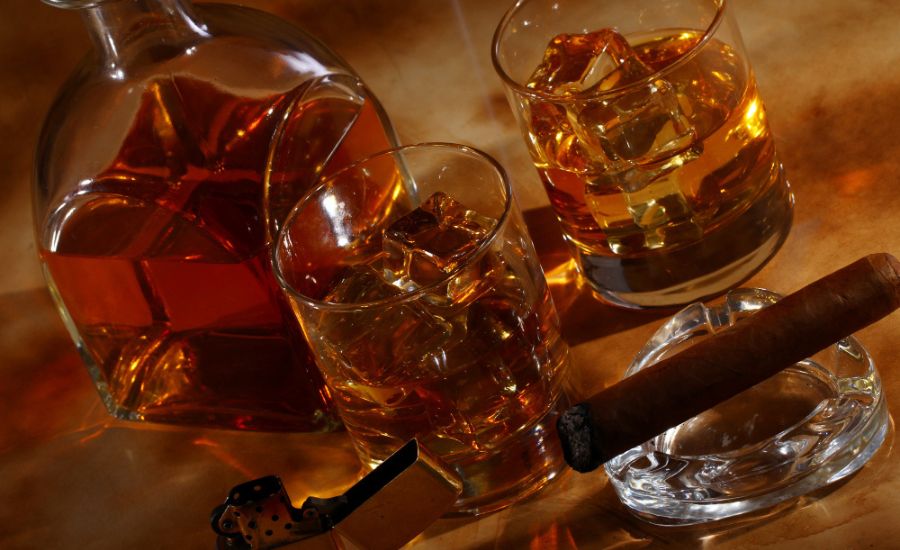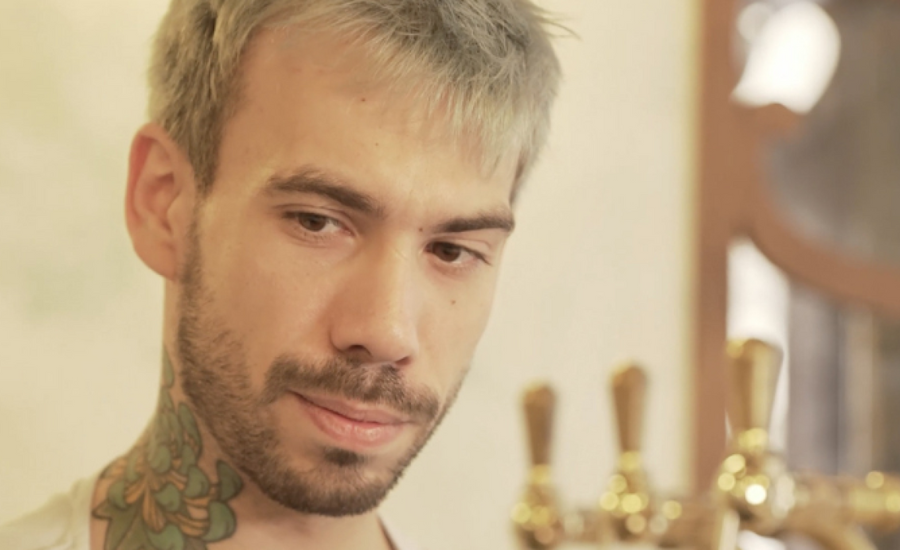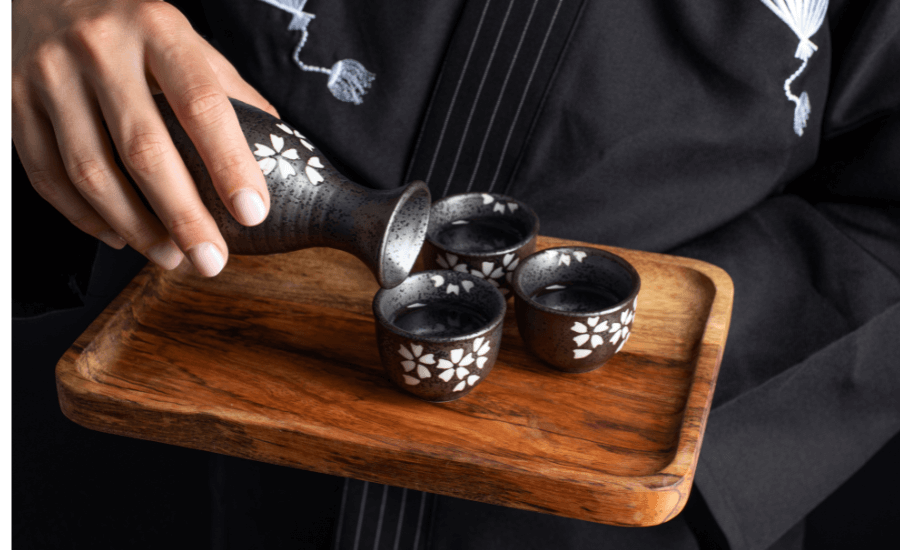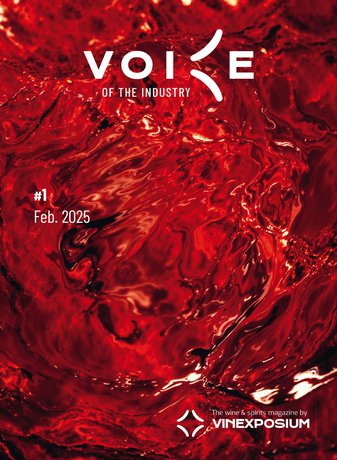Armagnac Makes a Comeback
For many years, the Gascon brandy was labelled outmoded and rustic. Now, however, a new generation of producers is pulling out all the stops to revitalise France’s oldest spirit. Onwards and upwards Armagnac!
Impressive figures
The new advertising campaign ‘Multiple par essence’ (or Diverse by Nature) recently launched by the Armagnac marketing bureau (BNIA) is designed in a graphic pop art style with straplines that get straight to the point. Three impactful visuals focus on three themes – a unique production process; a variety of drinking styles; and a place in the cocktail world. “We wanted to show how multifaceted Armagnac is by reinventing and modernising its old-fashioned image”, explains Maeva Vidonne, head of communications and promotion for the marketing board who is working on the revival of the Gascon appellation alongside the BNIA director Olivier Goujon. Armagnac is now on-trend, and this is borne out by the figures: 56 million euros in revenue in 2022; 3.9 million bottles sold in 2022, including 1.33 million in France (+4.4% since 2019), and around 600 active producers. These positive results are growing slowly but surely. “For the first time in four or five years, the trend is good. We are incentivising producers to distil as much as possible”, says a proud BNIA chairman, Jérôme Delors. In terms of exports, producers are also upbeat – sales have increased by 5% since 2019. Château de Laubade’s experience is a case in point – it can pride itself on robust growth in the American market. “We have surged by 30% over 5-6 years. Armagnac enjoys popular support and is highly prized for its artisanal side”, explains co-owner and export director Denis Lesgourgues.
Thinking outside the box
The brandy encompasses three appellations – Bas Armagnac (81% of distilled acreage), Armagnac Ténarèze and Haut-Armagnac – and owes its rich aromatics to the array of vineyard sites and grape varieties used. Ugni blanc, Baco, Colombard and Folle Blanche form the backbone of the varietal range, but there are other cultivars. Continuous distillation using an Armagnac column still imparts powerful, complex aromas. For the past decade or so, these unique attributes have attracted a new wave of artisan producers ready to roll up their sleeves and turn the spotlight on this under-the-radar spirit. One of the first musketeers was Cyril Laudet. In 2014, the 8th-generation representative of Domaine Laballe launched a revolutionary collection – Laballe 3-12-21 – showcasing three ageing types and three different drinking styles (on ice, in cocktails and as a sipping spirit) and a ground-breaking 50cl format. “My aim was to shock and challenge the Armagnac space and show consumers that our spirit is made by winegrowers”, comments the innovative entrepreneur. His gamble paid off. Just like with rum and whisky, Armagnac is attracting interest in the category from independent bottlers. A perfect illustration of this is Encantada – which means enchanting in Gascon – which was founded in 2011 by three friends and Armagnac newbies. The company’s speciality is its finely-tuned selection of barrels sourced from small producers then matured in its cellars in Vic-Fézensac in Gers. The spirits are bottled cask strength and offer some highly expressive pours for whisky enthusiasts.
A host of innovations, from organic to ‘white’ Armagnac
Organic winegrowing is one of the new focal points of the industry, which shows respect for biodiversity. Darroze Armagnac, which specialises in vintage offerings and subtle blends, is one of the first family-owned companies to craft an organic Armagnac in conjunction with committed winegrowers. The trend has been followed by other producers, as has ‘white’ Armagnac. The category’s new flagship is a young appellation which emerged in 2005 and is popular for its freshness and fruity notes. Most Armagnac companies distil this un-matured style for a new marketing target – mixology.
The new cocktail wonder
Unlike Cognac, Armagnac is not one of the first spirits mixed in the history of cocktails. The ‘made in France’ trend sparked interest in the terroir-driven brandy among barmen. Damien Hillion from Dartigalongue realised this by creating the first mixology-centric range with the white un-oaked Armagnac and the young mature Armagnac ‘Dartigalongue Dry Cellar’. It proved to be a resounding success. Nicolas Blanchard, the owner of the Heure du Singe bar in Toulouse is one of the barmen who has been working with the appellation for many years: “I use white Armagnac to replace pisco. For mature Armagnac, I choose cask strength VSOP which lends our cocktails some great fruity notes and some liveliness”. And as the proof is in the tasting, here is the Occitania version of the Mai Tai.
Lo Mai Grand
Ingredients
2 cl of lemon juice
1.5 cl of barley water cordial
1 cl of 36% ABV Pousse Rapière
1.5 cl of Florio Marsala seco
4 cl of 2009 Jean Cavé 53% ABV cask strength Armagnac
2 shots of Angostura bitters
Method
In the shaker
By Laurence Marot





